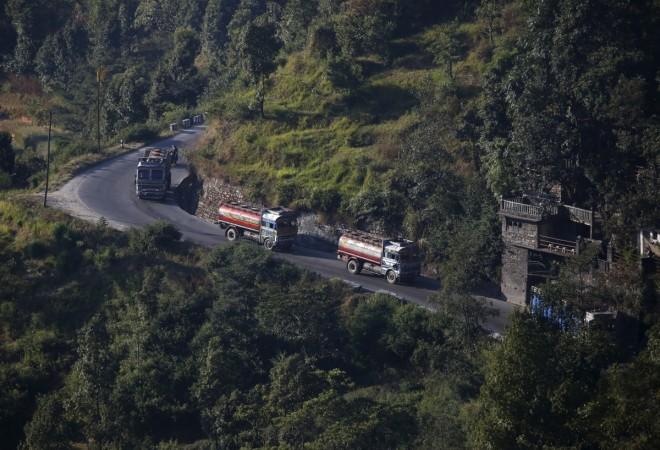China in its typical fashion has silently annexed more than 150 hectares of Nepalese territory amidst its ongoing border standoff with India. In May, China allegedly began capturing Nepalese land in five border districts, sending its People's Liberation Army (PLA) members through undefended border regions by the Nepalese side. The latest allegations are made by Jeevan Bahadur Shahi, a lawmaker in the Nepali Congress Party.
As per a report in the Telegraph, the lawmaker alleged that PLA troops crossed the border into the Limi Valley and Hilsa in the north-western district of Humla, pushing stone pillars that had previously demarcated the border deeper into Nepalese territory before building suspected military bases. Moreover, similar land grabbing exercise has been reported in Gurkha district.

Major Chinese land grab
PLA hasn't stopped here and in the Rasuwa, Sindhupalchowk and Sankuwasabha districts, further annexations occurred after Chinese engineers in the Tibet Autonomous Region redirected the flow of rivers. The rivers were demarcated as a natural boundary between these countries. Now China is claiming the territory that had previously been submerged.
Last month, a massive protest had irrupted outside the Chinese embassy in Nepal against the illegal land grab by the Xi Jingpin regime in the border areas. Hundreds of students from multiple unions staged a protest rally outside the Chinese embassy in Kathmandu over Chinese construction in the northern Nepal district of Humla.
China rejects report, dismisses it as 'unfounded and rumour'
China, however, has rejected the claims made by the Nepalese lawmaker. In a statement given to the Chinese mouthpiece, foreign ministry's spokesperson Wang Wenbin said, "I want to point out that the report is a completely unfounded rumour." China has rejected similar claims made in Nepal last month.

What is 'Salami slicing strategy'?
Salami slicing can be understood as a strategy in military terms that involves dividing and conquering threats and alliances in order to overwhelm hostility and grab new territories. It is a series of many small actions, often carried out by covert operations that produce a much larger action or outcome as an accumulated whole that would be difficult or unlawful to perform all at once. Over the years, China has been resorting to this strategy in the South China Sea and the Himalayan region to illegally grab land.








